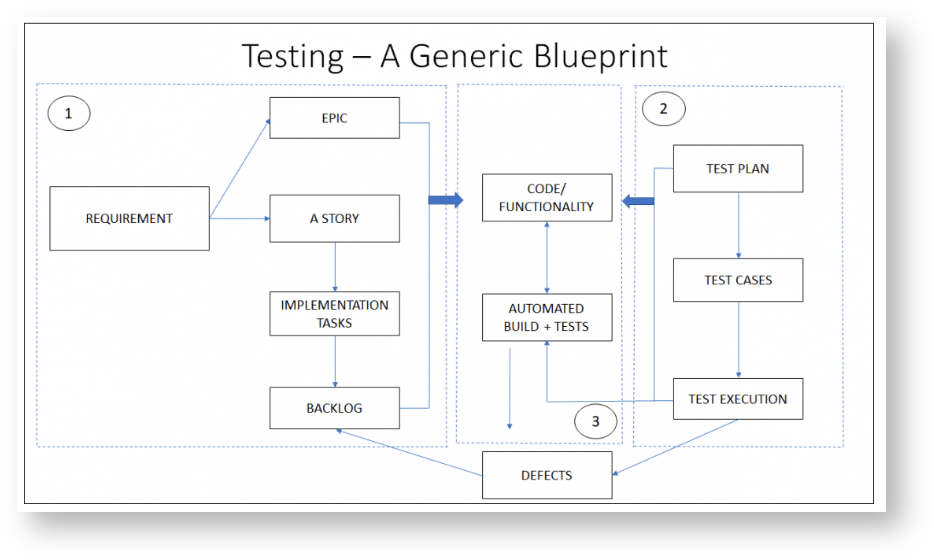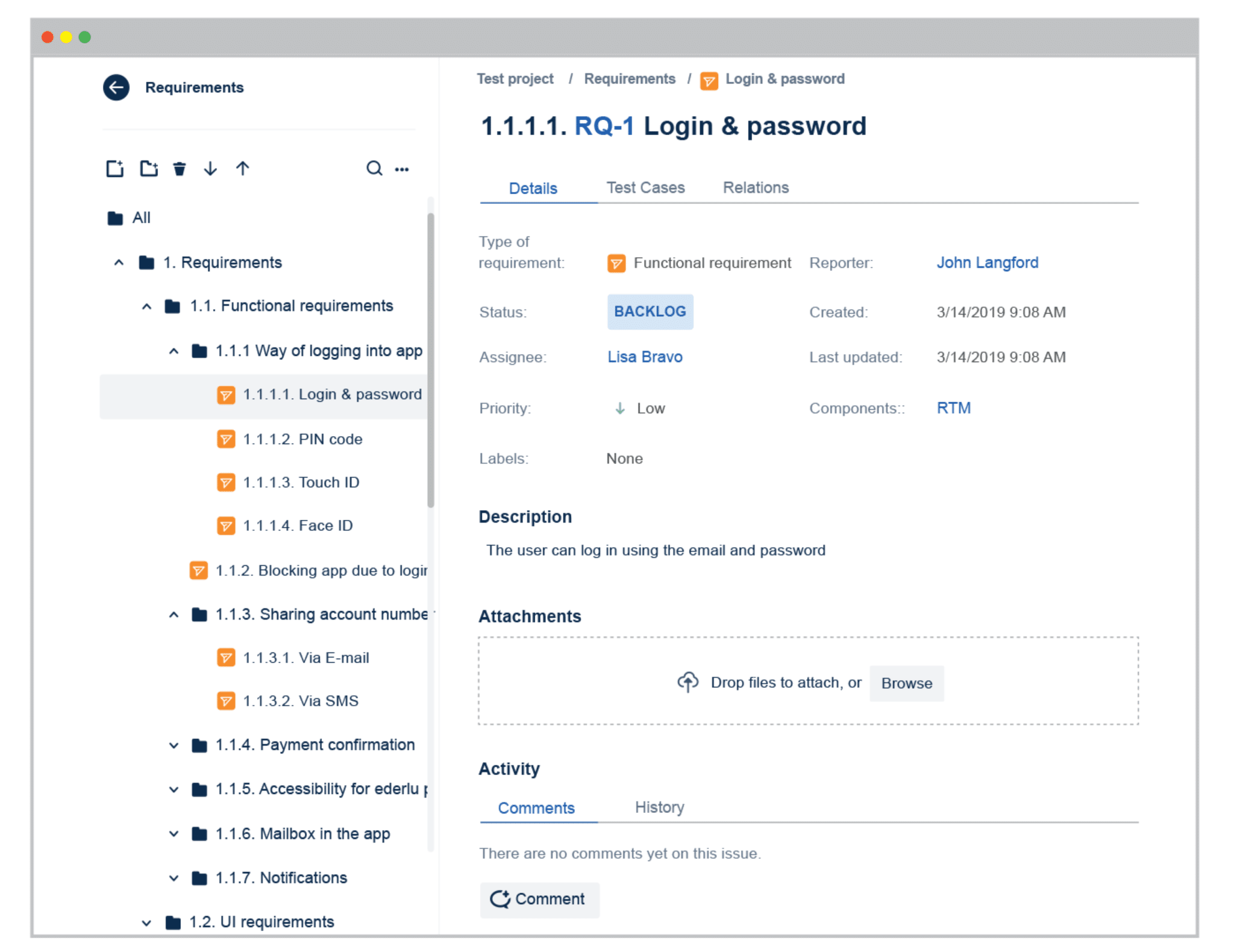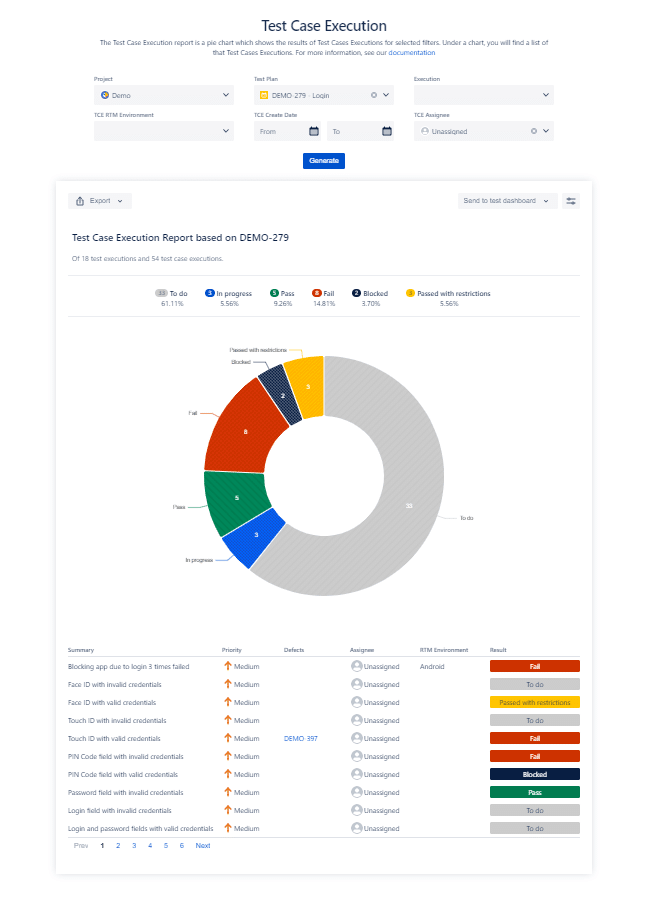Why you should bring Requirements and Test Management right inside your Jira

Originally published April 9, 2019, updated January 5, 2021
If we aim for a balanced, repetitive, and reliable testing process, we should include requirements, test, and defect management into it. Also, we should remember about reducing costs, but maintain a top-shaped and fast release process at the same time. This puts a lot of pressure on IT managers because they need to choose the right software testing tools which will enable testers and developers to run an efficient software development process. However, it may be quite difficult when the standard test management process is divided into multiple steps covered by a multitude of tools dedicated to a specific one.
What’s wrong with the standard test management process?
Usually, testing process is scattered across multiple tools. Source: Blended Perspectives.
As the modern world hates stillness, we need to constantly make our software more and more advanced to meet the expectations of the customers. Because of that, we need to use advanced tools to build mature processes. Even though there are many great testing tools availabled on the market, one of the most common problems of software teams is lack of an integrated tool to track the whole development and testing process, which makes us scatter it all over the place. As a result, we:
- write a Master Test Plan in Word,
- execute tests in one of many testing tools,
- handle Continuous Integration (CI) loop in either Bamboo, Jenkins, Bitbucket Pipelines or another CI tool,
- duplicate and take care of defects in Jira,
- and write reports in Excel.
No wonder that we can frequently come across companies that use three or more tools dedicated to various parts of testing. Some big corporations may even create their own software to make the whole process unified. However, we shouldn’t exclude software testing process from the software we use to organize all our work and documents.
One tool to rule it all
Seeing as Jira is one of the most popular project management software, it should become a target area for test management process, yet it lacks the out-of-the-box functionality to do it. That’s why we came up with a new app that brings both requirements and test management inside Jira. Requirements and Test Management for Jira (RTM) uses Requirements, Test Plans, Test Cases, and Test Executions objects as Jira issue types, allowing us to track the whole development process from collecting requirements to going to production in a single place. Thus, we will write the Master Test Plan in Confluence, then use RTM to document and structure Requirements, create Test Cases, aggregate them into Test Plans, execute them, and handle defects without leaving Jira Cloud. For now, we may only leave our instance to trigger the CI loop, if we have one.
Requirements management in Jira
The requirements management process is probably the most important step in the software development, because if well-defined, they directly relate to the needs of both customers and businesses. Moreover, they help with planning work, creating user stories and Test Cases, and give insight into what needs to be done to achieve project’s goal. Creating requirements as regular Jira issues displayed on Scrum or Kanban board makes managing and tracing their coverage with features and tests easier for both testing and development teams. Moreover, Requirements and Test Management for Jira allows us to store all requirements for our project in one place and structure them in a transparent tree view.
Test Cases and Test Plans
Test Cases are step-by-step instructions as to what actions we should take to cover our Requirements, as well as will help us with executing Test Plans later on in the process. That’s why we should express the steps included in the Test Cases as clear as possible, and even separate complex Cases into smaller ones so that anyone can understand them. Also, we should remember about setting preconditions for our Test Cases. This way, we’ll know what we should do before executing the Test Cases correctly.
RTM app also enables us to edit Test Cases with one click and order their steps with drag and drop, which makes the whole experience effortless. Moreover, Test Cases are reusable for several Test Plans, which enables us to effeortlessly prepare various scenarios for them. After creating Test Plans, we can easily execute them with only one click. If you’ve been storing your Test Cases in an external testing tool, but seamless Jira integration works better for you, now we have a solution for that. Thanks to the Test Cases Import functionality, you can bring them from a .csv file right into your RTM tree-viewed structure.
Test Executions and Defects
Test Executions have the same structure as Test Plans – there is a Test Case Executions list, where we can monitor the current status of the Test Case Execution. Also, we can check the Test Plan Details, verify and set Relations between the elements of Test Executions, as well as assign a Test Execution to a certain person. After Test Case Execution is finished, we can easily access its result. The status bar of Test Case Executions is clear and understandable, enabling you to track the progress of executing each step of the Test Plan, as well as to see where the process failed, why, and link appropriate defects to these events. Requirements and Test Management for Jira also provides you and your team with a dedicated, export-ready Test Execution and Test Case Execution reports generated as charts with more detailed tables below.
Traceability and Requirement Coverage
The Traceability Matrix and the Requirement Coverage features generate test reports which are not only transparent for the team members, but also for the stakeholders. As it’s possible to export them to a .pdf or .csv file, we can present them to our customers right away. The Traceability Matrix displays relations between any two baselined issue types. We can choose which objects we’d like to compare by using JQL on both X and Y axes. With Requirement Coverage, users can check if all Requirements are covered by related Test Cases, Test Plans, Test Executions, Test Case Executions and Defects. Visibility of fields like Project, Issue type, Fix version, Component, RTM Environment and Assignee is customizable on the Configuration Issue Card. We can also choose if we want to display only covered or uncovered requirements in order to get exactly the data we need.
A change is as good as a rest
In case of test management, choosing an app that works inside Jira is better and more comfortable choice than going for external tools. With Requirements and Test Management for Jira:
- we get a single repository for requirements and tests;
- our team gets a single place to work in, most importantly one that they’re highly familiar with;
- Project Admins follow 2-step guide, instructing them what should be added to the project, making the app’s configuration a no-brainer;
- we have intuitive UX designed specifically for Jira Software featuring tree structure to catalog Requirements, Test Cases, Test Plans,Test Executions, and Defects;
- we can observe direct and indirect relations between objects, enabling us to track the whole testing process;
- we can handle more than 20,000 objects and search for them with JQL, which makes the app highly efficient and scalable;
- we save time and resources, because we don’t have to invest in multiple tools and switch between them continually;
- we don’t have to worry if the connection is strong enough to handle thousands of tests or that we lose our progress due to the tool breaking suddenly;
- we can execute the app in any browser, which makes it much more accessible than most external testing tools.
Taking all that into consideration, why not give RTM app a try?
If you’d like to learn more about Requirements and Test Management for Jira, take a free 30-day trial from the Atlassian Marketplace. You can also read more on bringing requirements and test management process inside Jira:








